Cray-1
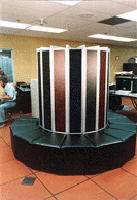
Cray's first supercomputer. Introduced in 1976, this system had a peak performance of 133 megaflops. The first system was installed at Los Alamos National Laboratory.
Cray-2
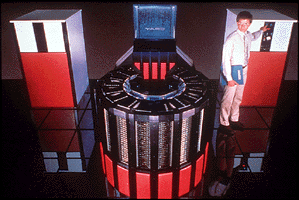
First introduced in 1985, this system had a peak performance of 1.9 gigaflops. At the time, the CRAY-2 system had the world's largest central memory with the possibility of 2048 megabytes.
Cray X-MP
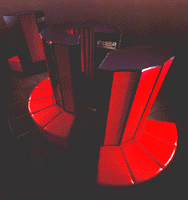
First launched in 1982, this system was capable of 500 megaflops and was the first multi-processing supercomputer from Cray. It ran the company's first operating system based on UNIX, UNICOS.
Cray Y-MP8D
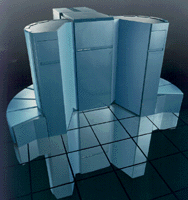
Introduced in 1988, this system was key to breaking the one gigaflop performance barrier. It has traditionally been the standard by which other supercomputers are compared.
Cray Y-MP2E
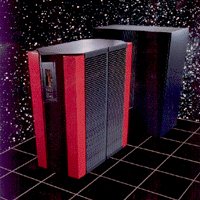
Cray's first air-cooled supercomputer.
Cray Y-MP8E
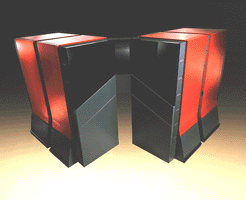
Like the Cray Y-MP8D, this system held a maximum of 8 vector processors but included a faster, improved I/O (input/output) system called the Model E I/O.
Cray C90
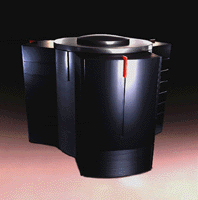
Launched in 1991, this was Cray's high-end supercomputer of the early '90s (thus its name, "Cray for the '90s" or C90). Peak performance equalled 16 gigaflops.
Cray EL

Cray's first low-cost supercomputer and predecessor to the Cray J90 Series.
Cray T3D

Cray's first line of scalable parallel supercomputers (introduced in 1993).
Cray J90

Air-cooled, low-cost vector supercomputers introduced by Cray in the mid-'90s.
Cray T90

The Cray T90 line of powerful, general purpose, vector-based supercomputing systems employs an array of innovative technologies, including pioneering connectors that eliminate internal wiring. Though no longer in active production, the T90 is still widely used to solve some of supercomputing's most difficult problems.
